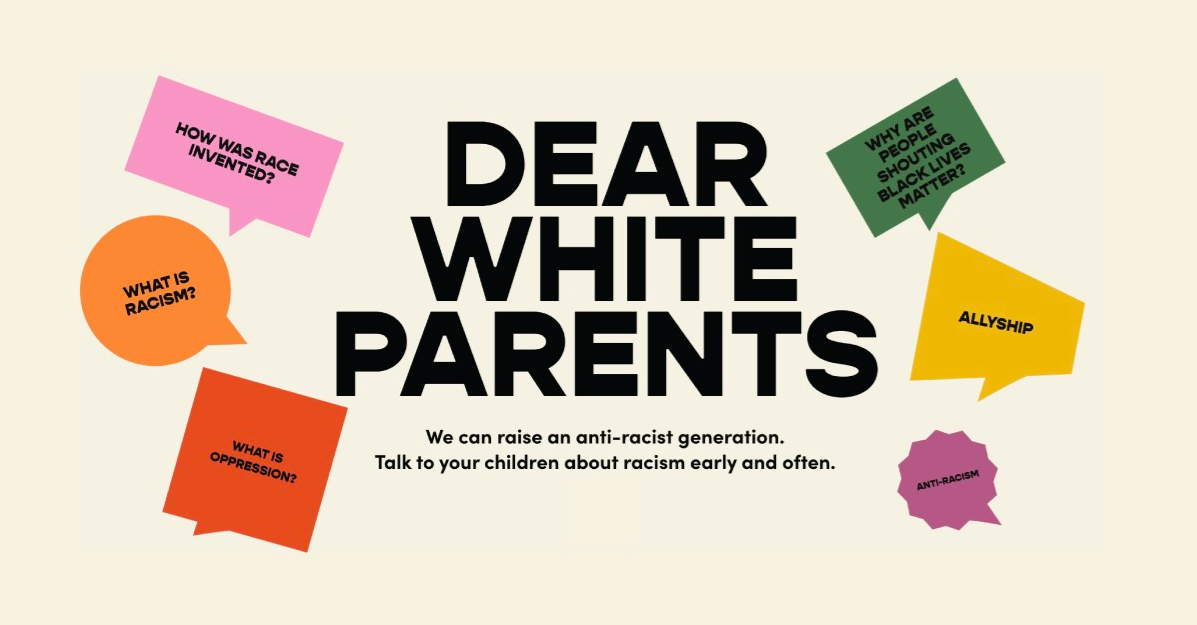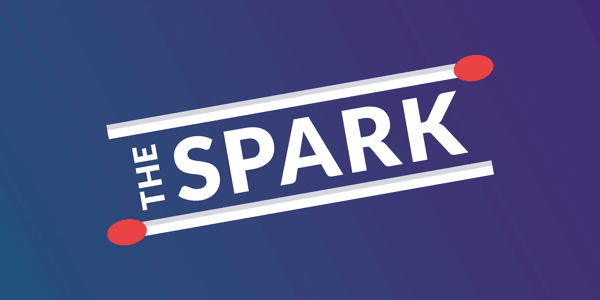This Newsletter Was Written by AIOkay, artificial intelligence didn’t actually write The Spark this week. But if we had used one of the many AI-powered content generators now cropping up in the market — perhaps one day it could have!
Brands are exploring a new wave of AI tools that can produce original written copy. These tools work by analyzing existing text for recognizable patterns using machine learning, which can then duplicate into human-sounding speech. You’re probably already interacting with this tech, even if you don’t know it. For instance, these tools power features like the predictive text in your phone’s messenger or the spell checkers in your word processor. Now, AI-generated copy could be taking over your newsfeed and email inbox, too.
Brands looking to take a load off their writers can turn to AI to start the content wheel spinning. Whether it's social copy, blog posts, or newsletters, these AI content creators can be helpful with churning out writing in the time it takes you to hit subscribe. Still, Keep in mind that at this point, these tools are only turning your copywriters into editors. The content created by these tools still requires a human eye to comb through the noise and tweak as needed to produce something that really connects with a human, not robot, audience.
TL;DR: Brands can now look to AI-powered tools to generate their content. But it still takes a (human) marketer’s eye to make this copy genuinely click.
Not Enough Time in the Day? TikTok Can Help.To the 700.9 million people viewing #SmallBusinessTips on TikTok – this feature is for you. The social platform that’s made short-form video one of our favorite pastimes recently announced its partnership with Canva, a strategic relationship made to help small business owners amplify their brands on the app.
Through this alliance, Canva developed 50+ ad templates optimized for TikTok. Because Canva is a simple and free platform, the small biz CEO-turned-social-media-manager can easily curate visually compelling content. That’s right; they don’t have to spend 30 minutes picking a font for their TikToks.
In addition to TikTok’s collab with Vimeo as a Marketing Partner, this partnership provides smaller brands the opportunity to cut time creating engaging content and streamline publication directly from Canva to TikTok without the power of a creative agency behind them. TikTok expanding its marketing capabilities and roster of savvy partners is a prime example of how tech democratizes access to tools that will help companies large and small thrive on the “it” social media platforms.
TL;DR: TikTok partners with Canva (and previously Vimeo) to give small brands a helping hand in making creative video content.
‘Tis the SeasonSpooky season is almost here, and Snapchat’s Halloween Guide is handing out all the best goodies. The guide’s data revealed that nearly 80% of Snapchatters plan to use the platform during the holiday, giving brands a unique opportunity to harness the seasonal celebration. Think: expanding your reach with trick-or-treat-themed ads, costume filters, or increased story use during high-traffic periods. Snapchat saw a 15% increase in AR usage on Halloween in 2020, so check out Snapchat’s Lens Studio for tools to create interactive experiences that leave consumers wanting more.
Halloween creativity is just one example of how brands should prepare to capitalize on the seasonal zeitgeist. The yearly calendar holds dozens of opportunities to connect with buyers, which means you can constantly look ahead to what’s next. When consumers race to social media and share their St. Patrick's Day parties or Thanksgiving plans, your brand can be there to join the conversation. You’ll get more eyes on your campaigns without the extra promotional dollars. Did we mention Christmas is only 128 days away?
TL;DR: Snapchat released a Halloween Guide that shows how consumers race to social media during seasonal celebrations. Brands should get creative by preparing for the spooky season and the increased reach potential associated with subsequent holidays.
What Lit Us Up
The Uncomfortable, Yet Necessary ConversationsAfter 2020’s unrest and racial disparities coming to the forefront, many white people and families felt the need to start talking about white privilege, racism, and anti-racism for the first time ever. Some passed over this call for accountability, and others felt ill-equipped to venture into challenging topics with their children. That’s why We Are, the Ad Council, and the Anti-Defamation League created the Dear White Parents campaign. This innovative and provocative campaign nailed its intent: encouraging adults to talk to their children about racism early and often. It embraced multimedia promotion by creating an online hub with reading resources, discussion guides, and a short film. And with its social media accounts, the campaign is dedicated to spreading its message on all fronts. Conversations surrounding race are long overdue, but they play a vital role in shaping the next generations.
Brands may shy away from challenging themes in fear of optics, but they’re missing out on a chance to foster consumer sentiment. The Dear White Parents campaign is an excellent example of how marketers can use their resources and expertise to educate others. It's an omnichannel approach that reaches consumers where they are by delivering content across multiple mediums. The complicated topics are made digestible through clear, consistent, and bite-sized messaging that points to more comprehensive resources.
Parents were searching for adequate resources, and Dear White Parents met their needs and helped them navigate difficult conversations. They didn’t just take a stand, they moved the needle with an authentic and impactful campaign.
TL;DR: Brands shouldn’t shy away from taking a stand on challenging topics, just be sure to do it well. Join the conversation and find creative ways to educate consumers. (Was this email forwarded to you? Sign up here.)
|
-1.png?upscale=true&width=346&upscale=true&name=Tier%20One%20logo_color%20(1)-1.png)


